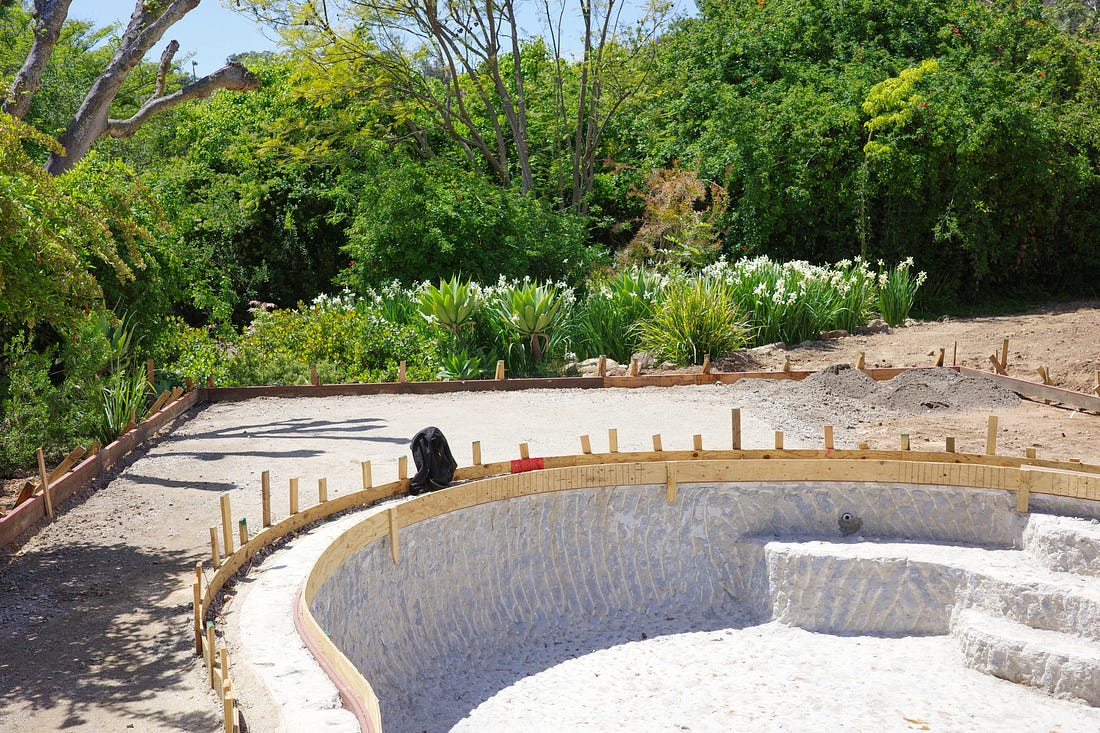This week, we’re getting into our budget (boo!). Plus, a post-script on mailboxes, and a great tip for getting kitchen oil stains out of your clothing (yeah, yeah, I know I should wear an apron, but I won’t). I’m not a fan of euphemisms. I just left a work world plagued by ones like “reduction in force” (a layoff), “hard stop” (end a meeting on time), “go-no-go” (make a decision), and “net-net” (if this has actual meaning, I don’t know what it is). Home renovation features my least favorite euphemism of all: “value engineering.” It refers to the process of deciding what you have to omit from your plan to stay within your budget. The expression was devised by some evil genius to gloss over the fact that you can’t afford all the distinctive touches that you’ve spent months planning. You are re-engineering your plan to maximize the value of the money you do have—but the process didn’t feel like it provided “value.” It just made us feel inadequate and bummed. I’d much prefer to call it like it is: a cost cut. Our VE (yes, it gets its own acronym) occurred after our contractor, along with his subcontractors, priced out estimates of what our renovation would actually cost. The number came in 66% over our original rough budget. We didn’t like that one bit. Not least because a higher construction proposal would have a domino effect on the total costs. Evan Warren, our contractor, and Barbara Bestor, our architect, are paid a percentage of the total construction costs (more on that below). So their proposed fees had, in effect, increased as well. Tad and I wrote to the full group: “Our goal is to have a house that feels detailed, personal, and original—these qualities matter more to us than the size of the house or having luxury finishes. So while we'd love to express the full square footage of the house design now, we don't want to compromise the detailed/personal/original in order to do so. In addition to considering tabling the ADU [more on that later, too], are there any design details that we could accomplish with another material or in another way? For instance, we love the use of wood walls, but is there a different material or type of wood that could create that effect without as much expense? We don't want anything to feel cheaply done, but we’re open to thinking creatively.” Bestor’s team leaped in to suggest solutions, including changing the roof construction, trimming back millwork, or bringing in the landscaping later. Tad floated the idea of vastly minimizing the interior design; my facial expression put that one to rest. Jenny Jones from Terremoto, our landscape designer, noted that our landscape contractor, Eric, suggested we could “phase the project out”—with the front yard being completed in full, and the back yard getting hardscape elements, followed by planting/lighting/irrigation at a later date. However, he pointed out, it would actually be easier to flip that order and do the entire back yard first, then the front yard. Otherwise you run the risk of the front yard getting messed up when that second stage of work gets going in the back yard. (Are you dizzy yet?) But really, the bigger point Eric brought up is that dividing the landscaping into phases can actually increase cost. Jenny concurred: “I’ve seen this happen on many projects, where the client wants to save money, and, in the end, you spend more.” She outlined a few reasons for this: ... Subscribe to Homeward to unlock the rest.Become a paying subscriber of Homeward to get access to this post and other subscriber-only content. A subscription gets you:
|



